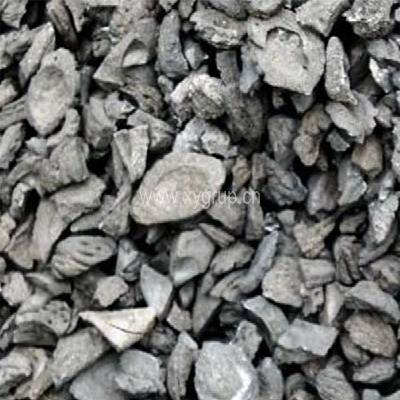Activated Carbon produced from raw materials such as husks and nuts has uniform pores, high hardness, good abrasion resistance, large micropore volume, and a specific surface area often exceeding 1500m2/g. For wood raw materials, whether it is chemical activation process or The steam activation method can obtain microporous carbon with high adsorption performance.
Among Coal Activated Carbon, except for very few activated carbons prepared from peat, which have a higher specific surface area, the adsorption performance of coal-based carbon is generally lower than that of wood-based carbon.
The reason for this difference is the difference in the structure of coal and wood materials. With the degree of metamorphism, from lignite to anthracite, it contains fewer to more aromatic rings, and the structure becomes denser and more orderly. Especially for high-level metamorphic anthracite, the structure order is greatly increased, which is close to the third-degree space. Ordered structure.
The main components of wood raw materials are cellulose, hemi-fiber balls and lignin, and the structure contains more oxygen. For example, the repeating unit of cellulose molecules contains H and O equivalent to 5 water molecules, which is far from a graphite structure. Even the basic structure of graphite has not yet formed a ring.

Wood Based Activated Carbon
The difference between wood raw materials and coal in the carbonization process further strengthens the difference in their structure and thus the adsorption performance of activated carbon products.
As mentioned earlier, a liquid phase is generally formed during coalization, which is conducive to the formation and development of the mesophase, making the preferred orientation of crystallites possible, and easy to generate graphitized and anisotropic carbon precursors, which determines the future The resulting activated carbon has poor performance.
Although anthracite does not form a liquid phase during carbonization, it has an anisotropic structure before carbonization, so it is expected that it will have an easily graphitized structure after carbonization.
The carbonization of wood raw materials is a typical solid-phase carbonization. The carbonized materials can maintain the amorphous structure characteristics of the raw materials, and generate isotropic carbon precursors that are difficult to graphitize. In the carbonization stage, the basic structure of cellulose remains unchanged, showing a completely amorphous structure.
Hemicellulose and lignin are also the main components of wood raw materials. Like cellulose, they have oxygen atoms in their molecular structure and do not soften during carbonization. After solid-phase carbonization, they form carbonized compounds with an amorphous carbon structure as a function.
Therefore, different from the structure and carbonization process of coal, the unique structure of wood raw materials and the solid-phase carbonization process generate graphitized carbon precursors, which can then be subjected to a further solid-phase destruction process to generate activated carbon with excellent performance. This fundamentally explains the difference in performance between coal-based activated carbon and Wood Based Activated Carbon.
Previous: Application of Activated Carbon Filter
Copyright:@2020-2021
Comments Please sign in or sign up to post.
0
0 of 500 characters used